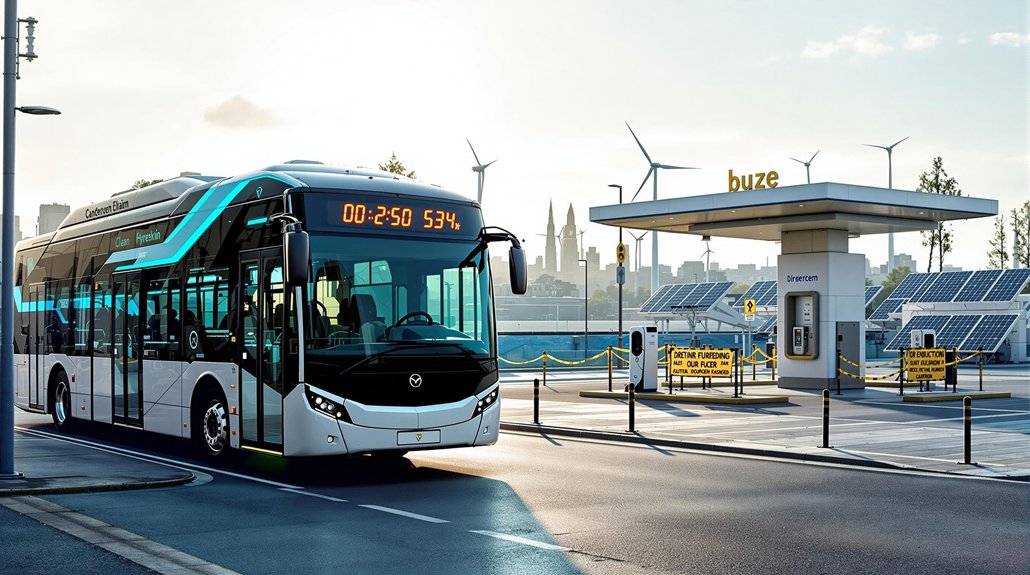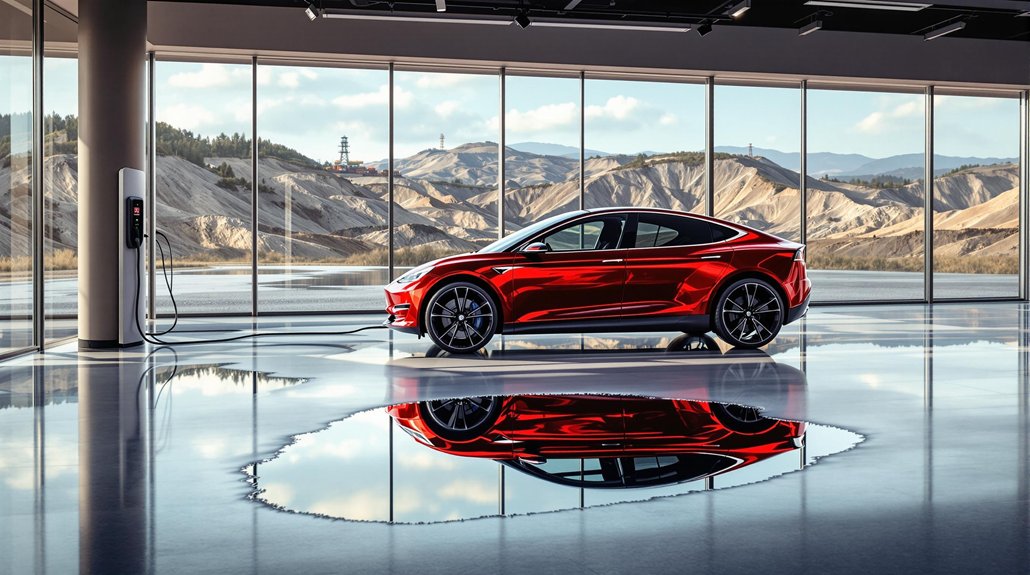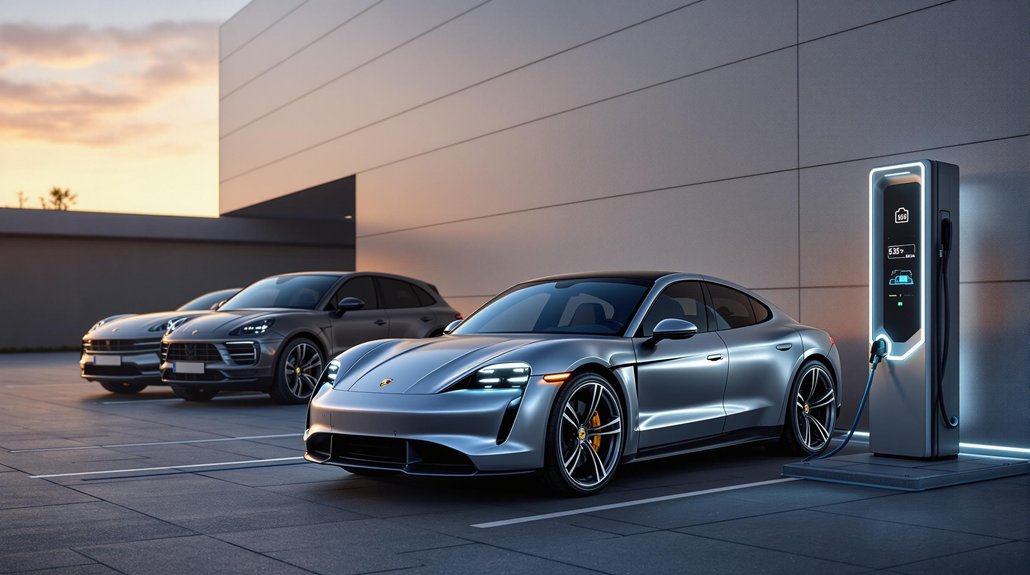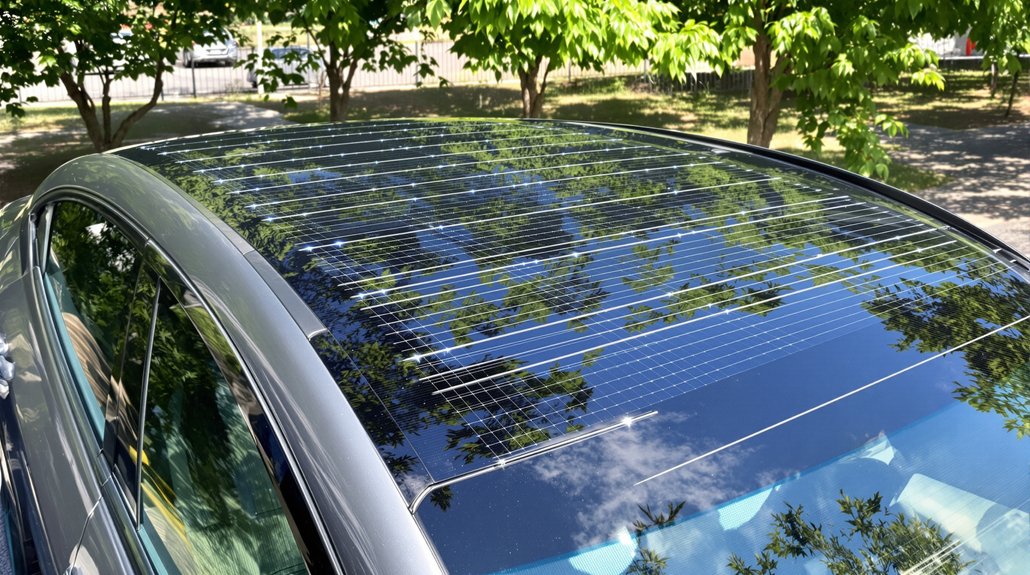Europe’s city buses are going electric at a rapid pace. Battery-powered buses now make up over 90% of new sales in several countries, while hydrogen buses account for just 3%. The difference comes down to costs and practicality. Electric buses are cheaper to buy and operate, need simpler infrastructure, and offer better environmental benefits. These stark numbers reveal a clear winner in the European bus market, but what does this mean for the future of hydrogen technology?
Where once hydrogen fuel cell technology seemed poised to transform European public transit, a clear winner is now emerging in the battle for the future of clean transportation. Battery-electric buses are now dominating Europe’s city streets while hydrogen alternatives fall behind in the race.
The numbers tell a striking story. Over 90% of new city buses in countries like the Netherlands, Finland, and Norway are now battery-electric. Meanwhile, hydrogen buses make up a mere 3% of EU city bus sales in 2024. Even the Netherlands, which once allocated 20% of new city bus purchases for hydrogen, has now completely phased them out.
Cost appears to be the biggest problem for hydrogen technology. A typical hydrogen bus costs about €650,000, which is 17% more than a battery-electric equivalent. Over a 15-year lifespan, the total cost gap widens to 41%, with hydrogen buses costing around €1.3 million compared to €972,000 for electric buses.
The French city of Montpellier learned this lesson the hard way. Officials canceled their hydrogen bus program after discovering the cost per kilometer was €0.95, compared to just €0.15 for electric buses.
Similar results were seen in Bolzano, Italy, where hydrogen buses cost €1.27 per kilometer to operate, more than double the €0.55 for electric alternatives.
Environmental concerns have further dampened hydrogen’s appeal. While both technologies produce zero tailpipe emissions, hydrogen is less energy-efficient throughout its lifecycle. Most hydrogen still comes from fossil fuel sources, undermining its green credentials. Recent lifecycle analysis shows battery electric buses produce at least 63% lower lifetime emissions compared to diesel alternatives when using the average EU electricity grid mix.
Infrastructure challenges haven’t helped hydrogen’s case. Building hydrogen fueling stations is expensive and complex compared to electric charging networks, which are simpler to implement in urban settings. Brussels Transit Agency ended its hydrogen bus trial primarily due to fuel sourcing challenges, relying heavily on hydrogen that had to be trucked in from distant production facilities.
As European countries push toward cleaner public transportation, the trend is clear. Battery-electric technology is winning the bus wars with its lower costs, simpler infrastructure, and better environmental performance. Unlike hydrogen buses, electric options can also benefit from geothermal energy which offers 96% capacity factor for consistent charging regardless of weather conditions. For now, hydrogen’s promise remains largely unfulfilled in Europe’s public transit systems.








